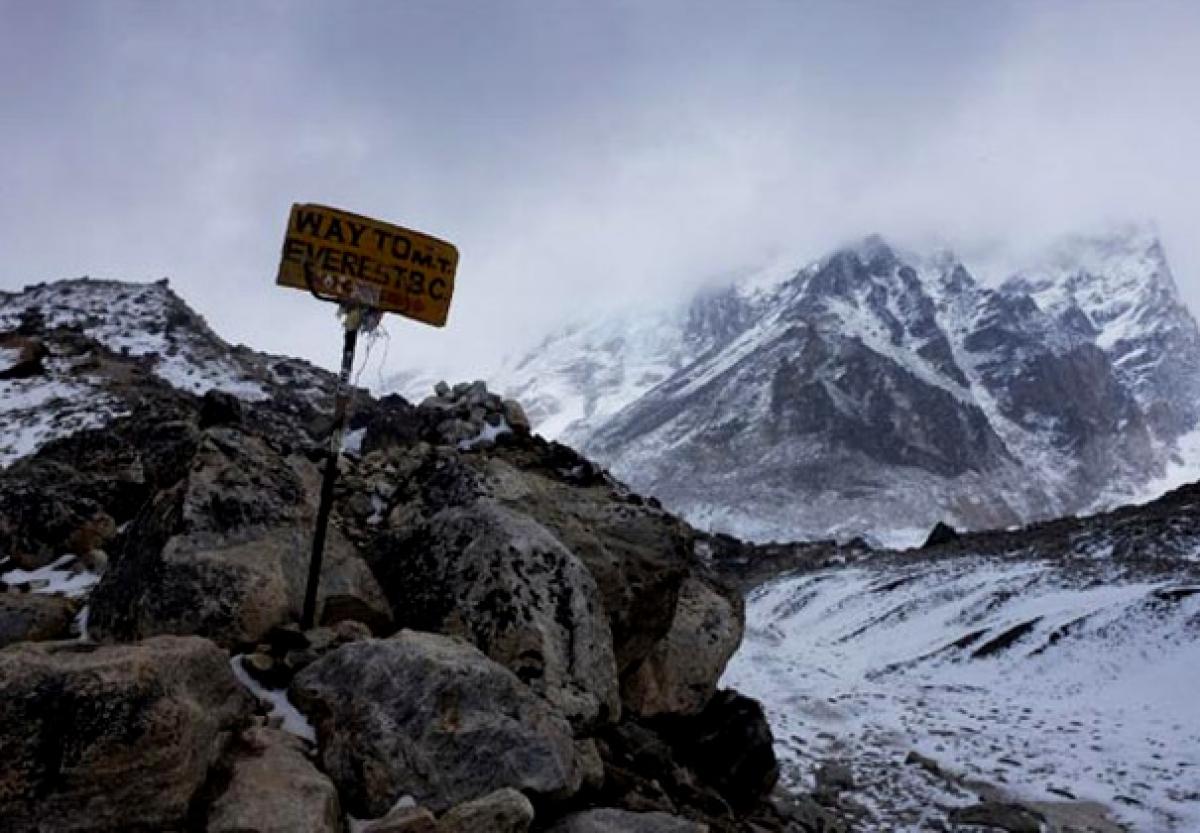Live
- Govt plans to establish offshore Johns Hopkins University Campus in India
- Goa Aces clinch Indian Racing League title
- Study finds how hormone therapy can reshape the skeleton
- High-street fashion players looking at India for manufacturing: Report
- Shreyas Iyer to lead Mumbai as Prithvi Shaw returns for Syed Mushtaq Ali Trophy
- 'Failed to resolve crisis': NPP withdraws support from BJP govt in Manipur
- Chennai: Actress Kasturi Remanded in Custody Until 29th of This Month
- Aaqib Javed likely to become Pakistan's new white-ball head coach
- BJP panel to draft poll charge sheet against AAP govt in Delhi
- Allu Arjun Thanks Fans in Patna, Teases 'Pushpa 2' Release





 The annual Tenzing-Hillary Everest Marathon, which kicked off in 2003, is usually held in May to mark the anniversary of the first conquest of Everest by Tenzing Norgay and Edmund Hillary on May 29, 1953.
The annual Tenzing-Hillary Everest Marathon, which kicked off in 2003, is usually held in May to mark the anniversary of the first conquest of Everest by Tenzing Norgay and Edmund Hillary on May 29, 1953.



